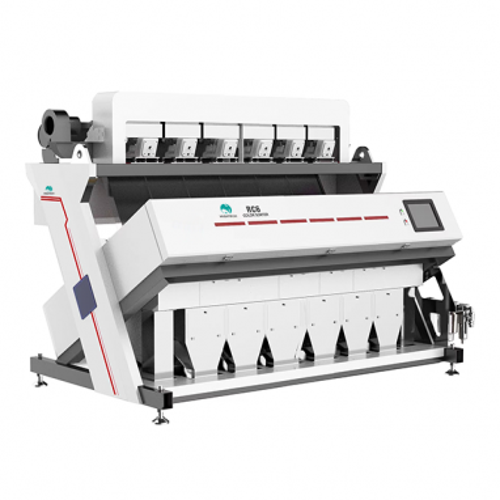What should you pay attention to when buying an swing-type multi-head stone polishing machine?
The swing-type stone multi-head polishing machine is a piece of equipment commonly used in the stone processing industry. It has multiple polishing heads and operates in a swinging manner. This kind of machine can efficiently polish large areas of stone in a short time, making the surface smoother and brighter.
We need to consider the following aspects when choosing a suitable multi-head stone polishing machine:
- Machine specifications and dimensions: Stone multi-head polishing machines of different specifications are suitable for stones of different sizes. You need to choose the right size based on your processing needs to ensure it can handle your stone products.
- Number of polishing heads: Different stone multi-head polishing machines are equipped with different numbers of polishing heads, usually 2, 4, 6 or even more. The greater the number of polishing heads, the better the polishing effect may be, but the price will also be higher. You need to make a choice based on your budget and polishing requirements.
- Machine performance and functionality: In addition to the number of polishing heads, you should also consider the machine’s performance and functionality. For example, some polishing machines are equipped with frequency conversion speed adjustment function, which can adjust the polishing speed according to different materials to obtain better polishing results. There are also some machines with automated control systems that can improve production efficiency.
- Quality and reliability: Choosing a well-known brand and a manufacturer with a good reputation can ensure the quality and reliability of the machine. You can check product reviews and customer feedback to find experienced manufacturers to ensure that the machine you buy is of high quality and stable performance.
- After-sales service and technical support: After purchasing a machine, after-sales service and technical support are very important. Ensure that the manufacturer provides timely after-sales service and technical support, which can help you solve problems encountered during use and ensure the normal operation of the machine.
SMT is a professional stone cutting & polishing machine manufacturer. We have various types of stone cutting machines and stone polishing machines. We will provide you with the stone cutting and polishing machine that best suits you. We have professional engineers and sales and after-sales teams to provide you with professional services. Welcome to choose our swing-type stone multi-head polishing machine.



























